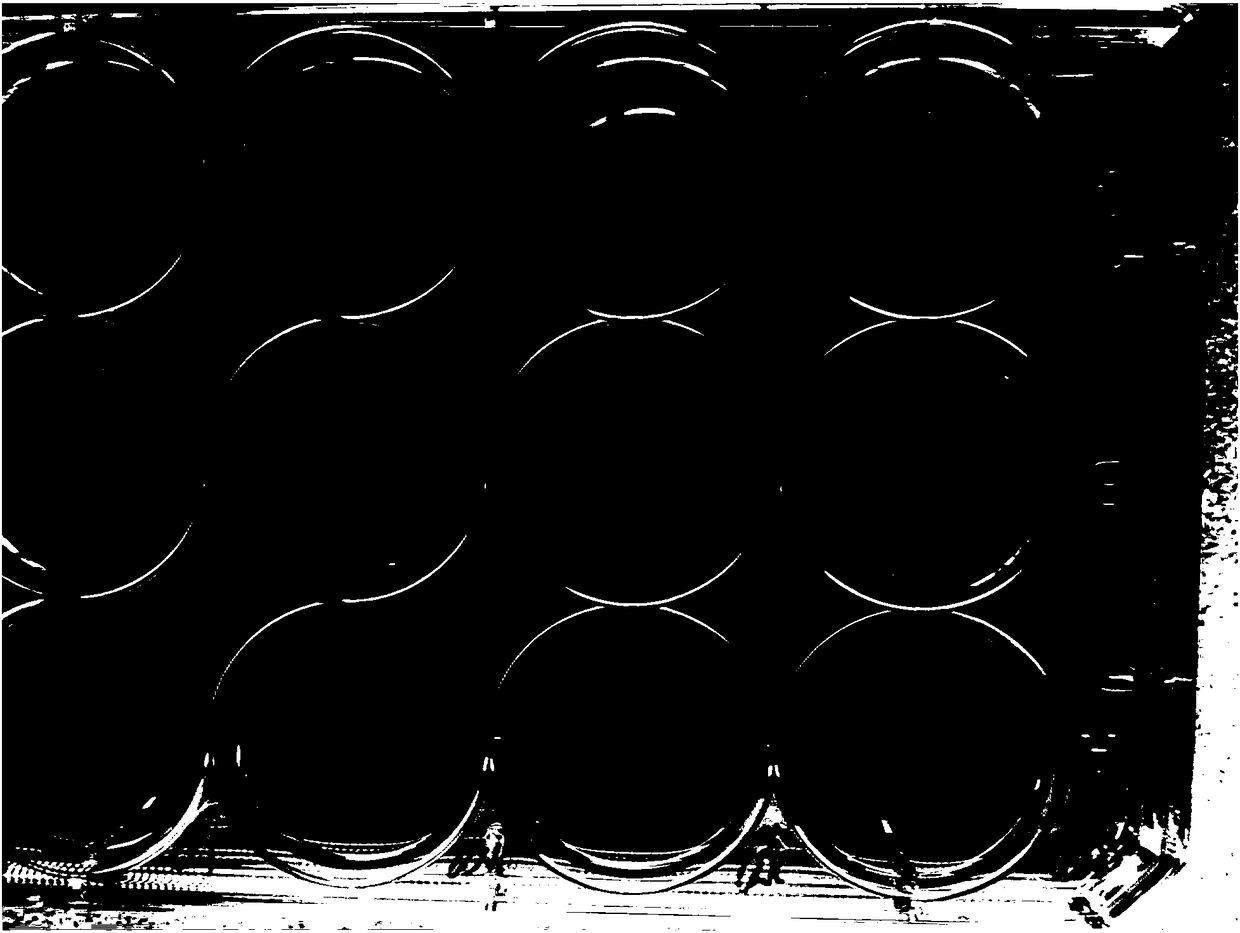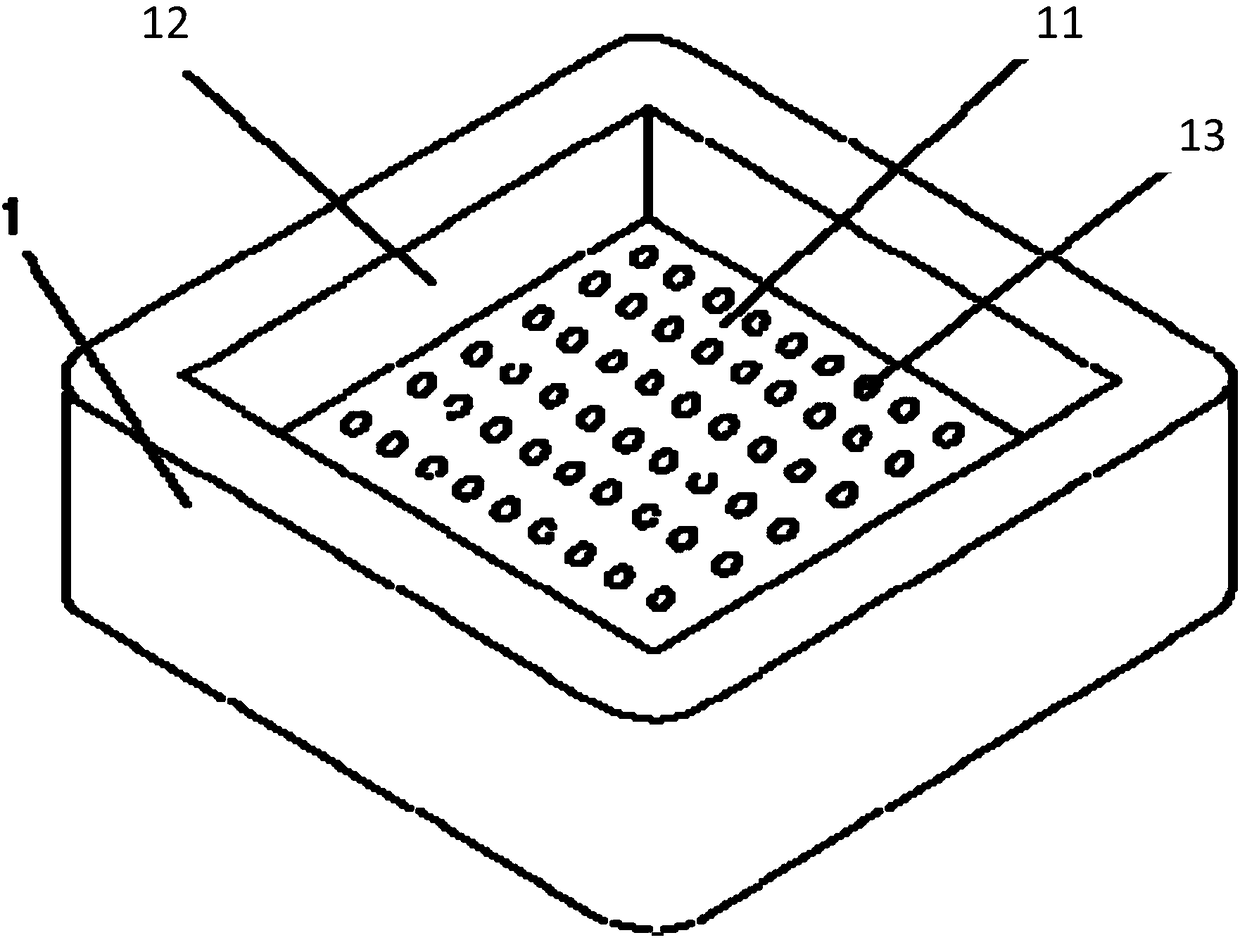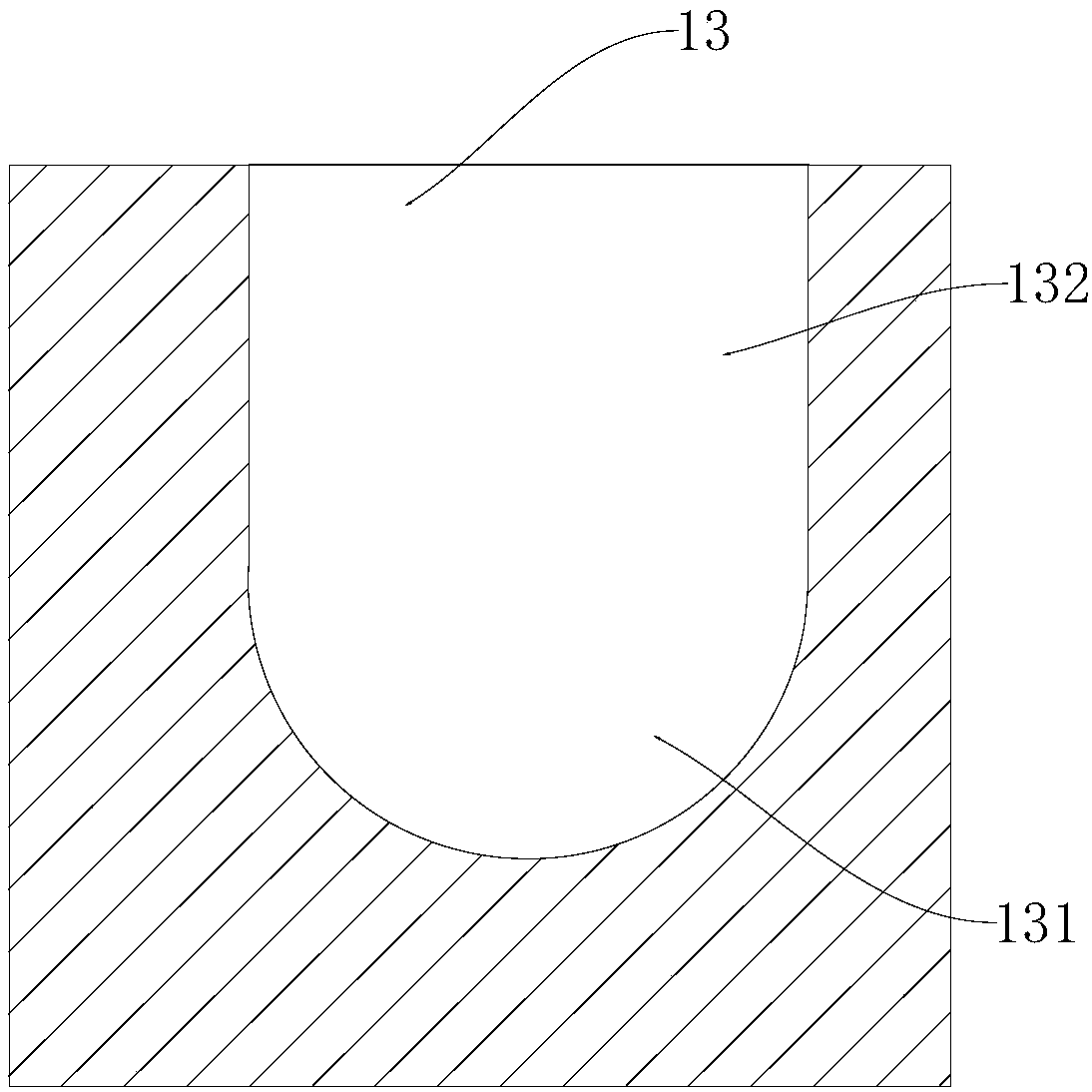Method for constructing tissue engineering artificial liver-like tissue
A technology of tissue engineering and artificial liver, which is applied in artificial cell constructs, tissue regeneration, tissue culture, etc., to reduce the loss of cell aggregates, not affect the efficiency of material exchange, and restore the polarity
- Summary
- Abstract
- Description
- Claims
- Application Information
AI Technical Summary
Problems solved by technology
Method used
Image
Examples
Embodiment Construction
[0066] The present invention will be described in further detail below in conjunction with the accompanying drawings and specific embodiments.
[0067] The method for constructing tissue engineering artificial liver-like tissue of the present invention comprises the following steps:
[0068] S1: The hepatic cell suspension is subjected to three-dimensional culture to form cell aggregates.
[0069] Prior to three-dimensional culture, hepatocytes need to be routinely subcultured, that is, cultured on a plate, in order to obtain hepatocytes with better viability; or primary hepatocytes are isolated from fresh liver. When preparing for three-dimensional culture, digest and resuspend the hepatocytes that have reached 80% confluence in plate culture to obtain a hepatocyte suspension in the logarithmic growth phase. The so-called "80% fusion state" generally refers to the state in which there are still a small amount of gaps between the adherent hepatocytes observed by the naked eye...
PUM
 Login to View More
Login to View More Abstract
Description
Claims
Application Information
 Login to View More
Login to View More - R&D
- Intellectual Property
- Life Sciences
- Materials
- Tech Scout
- Unparalleled Data Quality
- Higher Quality Content
- 60% Fewer Hallucinations
Browse by: Latest US Patents, China's latest patents, Technical Efficacy Thesaurus, Application Domain, Technology Topic, Popular Technical Reports.
© 2025 PatSnap. All rights reserved.Legal|Privacy policy|Modern Slavery Act Transparency Statement|Sitemap|About US| Contact US: help@patsnap.com



